Do We Continue to Sleep in the Position We Fell Asleep in
How Your Sleep Position Affects Your Health
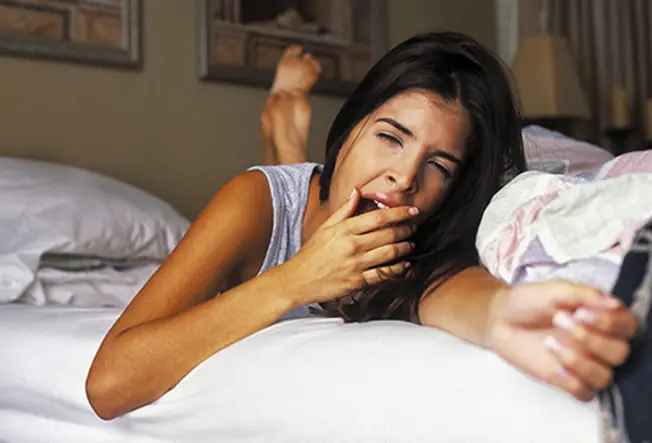
Strike Your Sleep Pose
1/15
You turn off the lights and get yourself ready to snooze. Are you on your back, side, or stomach? Though there is no strong science connecting your sleep position to things like back pain, snoring, personality, and how often you wake up during the night, here are some interesting associations that have been noted.
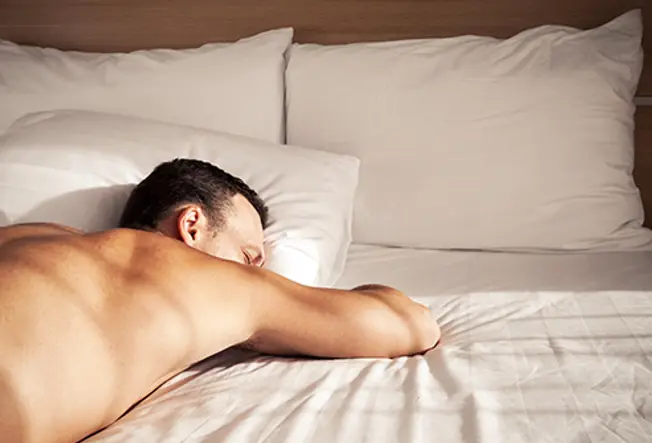
On Your Belly
2/15
Are you a tummy sleeper? If so, do you have problems sleeping? Your slumber pose may not be helping. You're more likely to be restless and toss and turn to get comfortable when you sleep on your belly. It can strain your neck and your lower back, too. If this is how you like to sleep, you may want to use a very soft pillow or none at all to keep your neck comfortable.
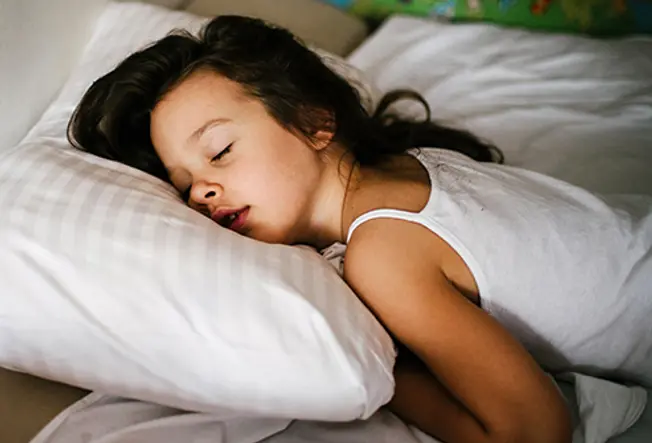
Belly Position: Freefall
3/15
About 7% of the population sleeps this way. You lie on your belly with your arms around a pillow and your head turned sideways. If this is your favorite sleep position, some research suggests you may be more likely to speak your mind and be sociable and outgoing. You also may not be very open to criticism.
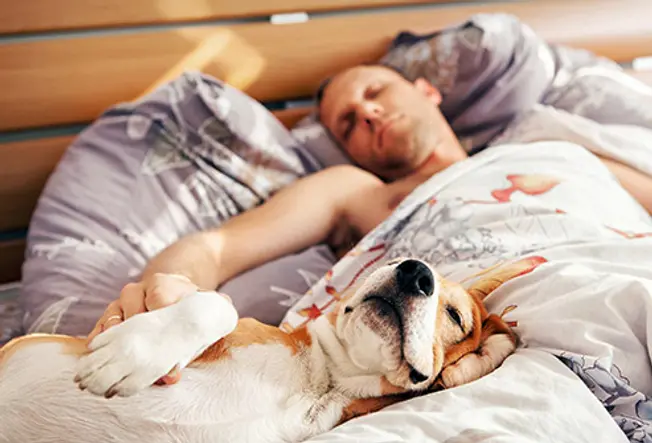
Back Sleeping
4/15
This position can cause low back pain for some people. And if you already have that, it can make it worse. If you snore or have sleep apnea, it can make those bigger problems, too. If you have one of these issues and can't get comfortable another way, talk to your doctor about what might help.
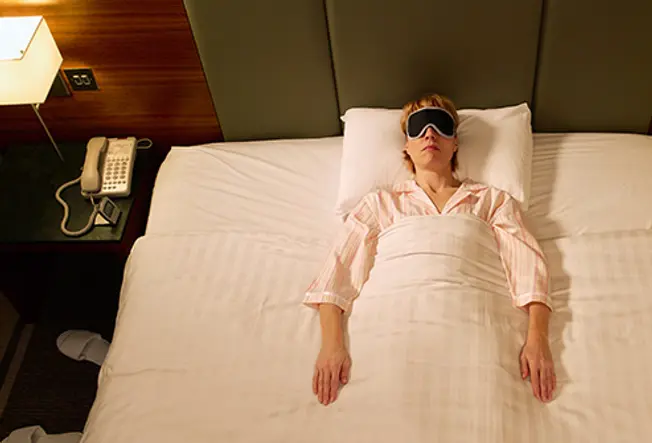
Back Position: Soldier
5/15
This position is favored by about 8% of the population. You sleep with your arms down and close to your body. Some research suggests you may be more likely to be quiet and keep to yourself. You also may expect a lot from yourself and from others.
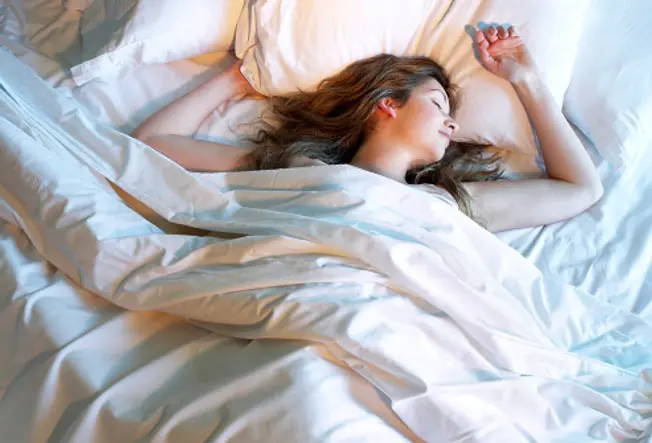
Back Position: Starfish
6/15
Only about 5% of people sleep this way. You lie on your back with your arms up near your head. According to some studies, you may be more likely to be a good listener and not want to be the center of attention.
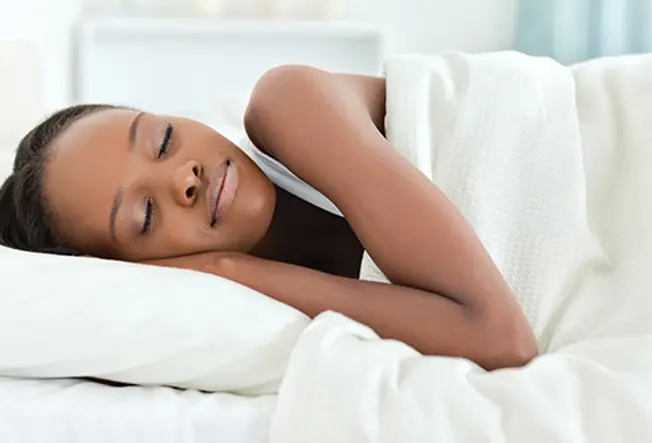
Side Sleeping
7/15
There are many ways to sleep on your side, but the most comfortable is with your knees bent slightly toward your chest -- the fetal position.

Side Position: Fetal
8/15
More than 40% of people sleep in this curled-up side-sleeping position. It's the most common position for women -- they're twice as likely as men to sleep like this. Some research suggests you may be more likely to be warm, friendly, and sensitive, but you also may have a protective shell around you.
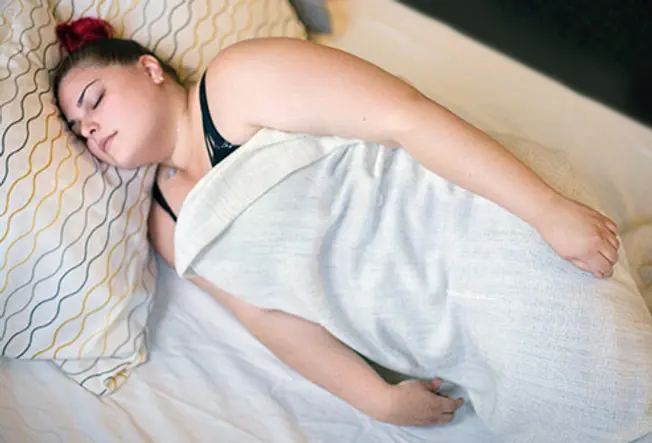
Side Position: Log
9/15
This is when you sleep on your side with both arms down. About 15% of people "sleep like a log." Some research says you may tend to be social, easygoing, and trusting.

Side Position: Yearner
10/15
About 13% of people sleep in this side position with their arms out in front of their bodies. If you sleep like this, some studies say you may be open-minded, but suspicious, and stubborn about sticking to a decision once you've made it.

Side Position: Spooning
11/15
With your body close to your partner, you may wake up more often, but cuddling can be good for you. It makes your body release a chemical called oxytocin that can help lower your stress, bond you to your partner, and help you get to sleep faster.
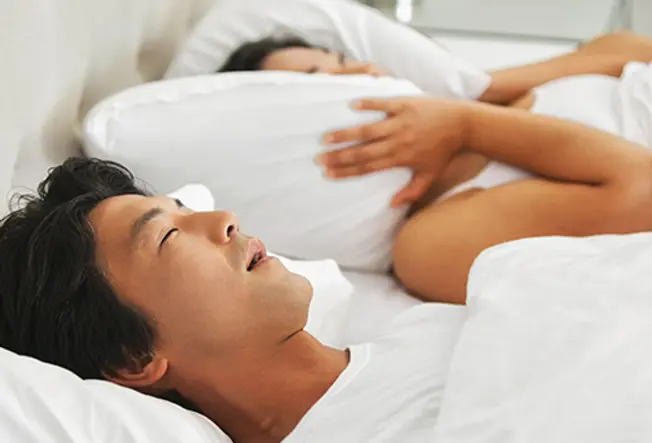
If You Snore
12/15
To keep the noise level down at night, side sleeping is best. If you like to sleep on your back, stacking up a few pillows may help. See your doctor if your snoring makes you gasp for breath or feel tired the next day, or if it wakes you (or your partner) up. Loud snoring can be a sign that you may have sleep apnea -- a condition that stops and restarts your breathing when you sleep. It can lead to stroke, high blood pressure, and heart disease.
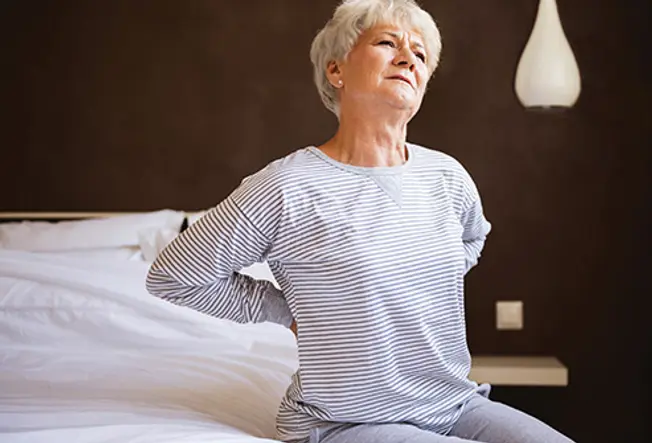
If You Have Back Pain
13/15
Side sleeping wins for this, too. To take even more pressure off your hips and back, you can put a pillow between your legs. If you're a back sleeper, you might put one under your knees to keep the natural curve of your back.
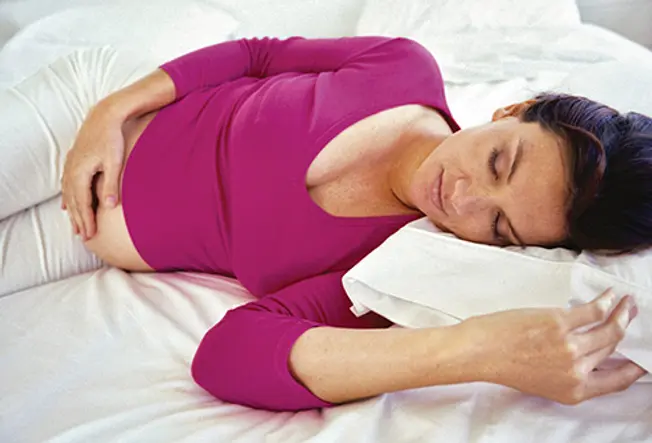
If You're Pregnant
14/15
It's usually more comfortable -- and healthier for you and your baby -- if you sleep on your side. And the left side may be better, because it may get more blood and nutrients to your baby. If you have back pain, put a pillow under your belly to support the weight. It can also help to bend your knees and put a pillow between your legs.

What About Your Mattress?
15/15
A mattress that works with your sleep style and body type can help with many issues. It should be firm enough to support your back and sleep position, but soft enough to fit the shape of your body. This isn't always easy to figure out. Some stores will let you test a mattress for several weeks and change it out if it doesn't work for you.
IMAGES PROVIDED BY: 1) Juan Silva / Getty Images 2) eugenesergeev / Thinkstock 3) djokovicdjordje / Thinkstock 4) Solovyova / Thinkstock 5) Kelvin Murray / Getty Images 6) Hemera Technologies / Thinkstock 7) Wavebreakmedia Ltd / Thinkstock 8) Wavebreakmedia Ltd / Thinkstock 9) WebMD 10) Torbjrn Larsson / EyeEm / Getty Images 11) Flying Colours Ltd / Thinkstock 12) Wavebreakmedia Ltd / Thinkstock 13) gpointstudio / Thinkstock 14) Pixland / Thinkstock 15) moodboard / Thinkstock Harvard Health Publications: "What type of mattress is best for people with low back pain?" Mayo Clinic: "Sleep apnea," "Pregnancy week by week: How should I position myself for sleep during pregnancy?" National Sleep Foundation: "How Cuddling Affects Your Sleep." The Better Sleep Council: "Sleep Positions." Show Sources
williamsrectelon75.blogspot.com
Source: https://www.webmd.com/sleep-disorders/ss/slideshow-sleep-positions
0 Response to "Do We Continue to Sleep in the Position We Fell Asleep in"
Post a Comment